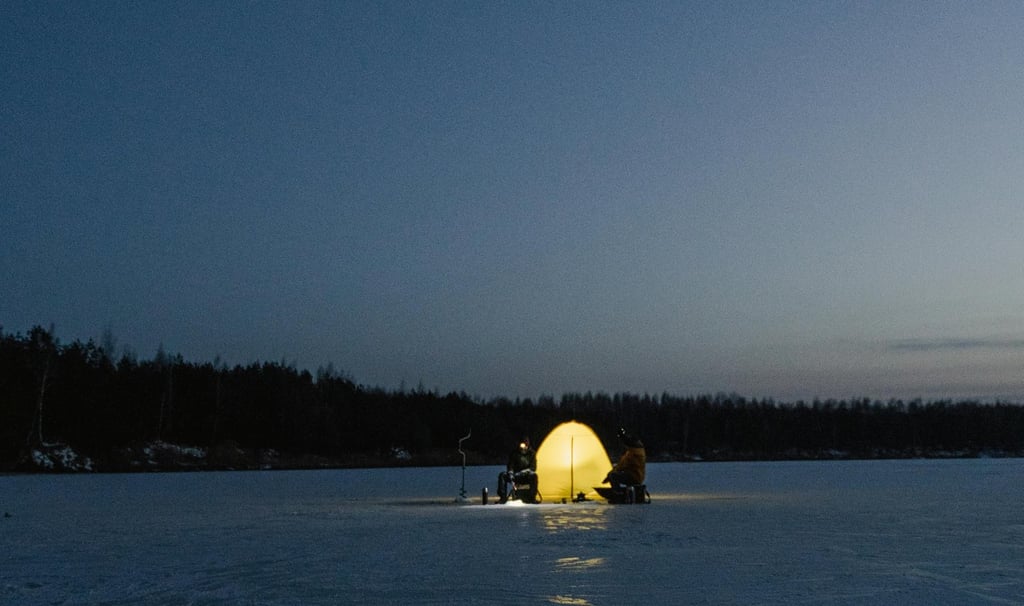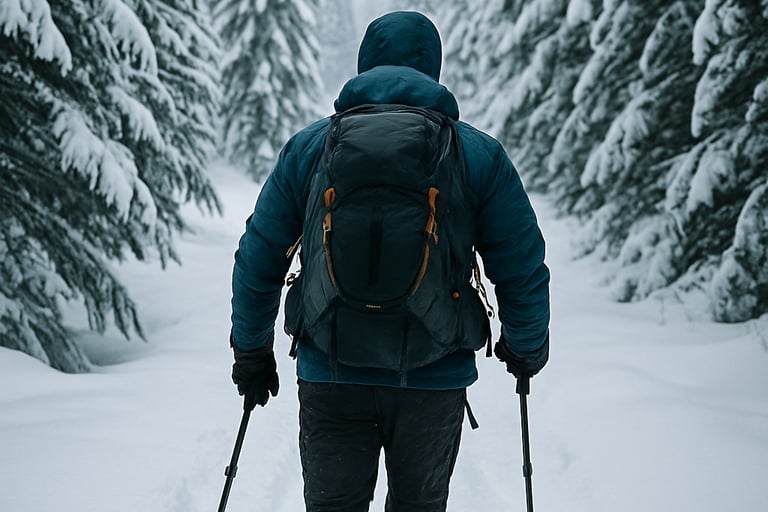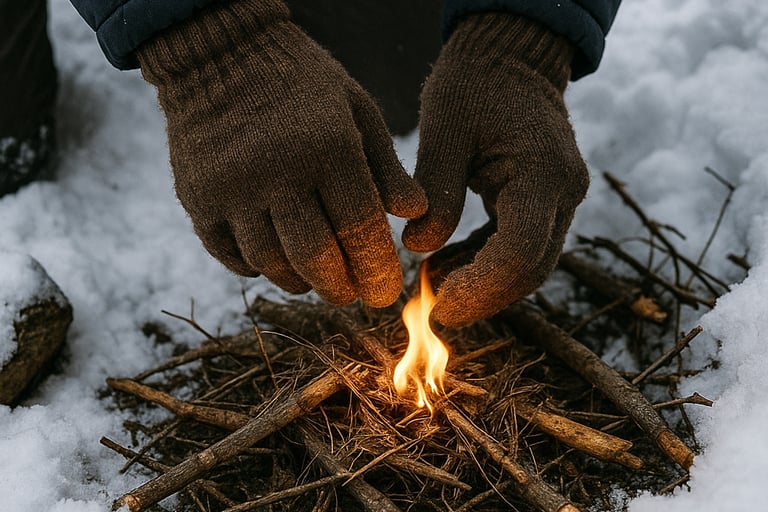Frostbite & Hypothermia: How to Prevent and Treat Cold Weather Emergencies in the Wilderness
Learn how to prevent and treat frostbite and hypothermia while exploring the outdoors. This cold weather survival guide covers symptoms, first aid tips, and essential strategies for staying safe in freezing temperatures.


Frostbite & Hypothermia: How to Prevent and Treat Cold Weather Emergencies in the Wilderness
Understanding the Risk of Cold Weather Injuries
When you’re out in the wild during winter or in high-altitude climates, your biggest threats aren’t always predators or getting lost, they’re often the cold itself. Frostbite and hypothermia are two of the most serious cold weather conditions you can face in the wilderness, and they can happen faster than many people realize.
These cold-related emergencies can sneak up on you. You may feel a chill or lose sensation before realizing you’re in real danger. That’s why it’s critical to recognize early signs and have a clear plan for prevention and emergency treatment before heading out.
If you’ve never had formal training, consider learning the essentials of wilderness first aid before venturing into harsh winter conditions.
What Is Hypothermia and Why It’s So Dangerous
Hypothermia occurs when your core body temperature drops below 95°F (35°C). In cold, wet, or windy conditions, your body can lose heat faster than it can produce it, especially if you’re fatigued or dehydrated. Once hypothermia sets in, your body begins to shut down slowly, and it can become life-threatening without quick action.
Early signs of hypothermia include intense shivering, slurred speech, poor coordination, and confusion. In later stages, shivering may stop altogether, a serious sign the body is losing its ability to regulate heat. Staying dry and properly layered is your best defense, but knowing how to warm someone up safely is just as vital.
Recognizing and Responding to Frostbite
Frostbite happens when skin and tissue freeze due to prolonged exposure to extreme cold. It most commonly affects fingers, toes, ears, cheeks, and the nose, especially when windchill is involved. The affected areas might first feel numb or tingly, then turn pale, waxy, or gray. Severe frostbite can lead to permanent damage and even amputation.
If you notice signs of frostbite, avoid rubbing the area or applying direct heat. Instead, move to a warm shelter and gently rewarm using body heat or warm (not hot) water if available. Avoid walking on frostbitten feet or toes unless absolutely necessary. The goal is to rewarm slowly and prevent refreezing, which causes further tissue damage.
How to Prevent Cold Weather Emergencies Before They Start
The best way to survive frostbite and hypothermia is to never let them begin in the first place. That means preparing before you even set out. Always check the forecast, wear a moisture-wicking base layer, and keep your insulating and waterproof layers dry.
Bring extra gloves, socks, and hats in case your primary gear gets wet. Stay well-nourished and hydrated — your body burns more energy in the cold just to stay warm. And if you’re in a group, check in on each other frequently, especially if someone starts acting confused, clumsy, or overly quiet.
Mental clarity is just as important as physical warmth. Recognizing mental fatigue can help you stay alert to danger signals in yourself and others.
Wilderness First Aid for Hypothermia and Frostbite
If you or someone in your group is showing signs of hypothermia or frostbite, immediate action can make all the difference. For hypothermia, focus on gradual warming: remove wet clothes, insulate the person with blankets or a sleeping bag, and use warm water bottles under armpits or around the groin area if available.
For frostbite, avoid thawing the area if there’s a risk it will refreeze — that can cause worse damage. Use warm water soaks if you’re in a controlled environment, and never rub or massage the area. After first aid, seek medical help as soon as possible.
If you're in an improvised shelter, knowing how to stay warm in freezing conditions can support the rewarming process and prevent further injury.
In an emergency, your biggest allies are knowledge and preparation. These cold weather injuries can escalate quickly, but with the right awareness and action, they are also preventable.




© 2025. All rights reserved About | Privacy Policy | Terms and Conditions | Affiliate Disclosure | Disclaimer


